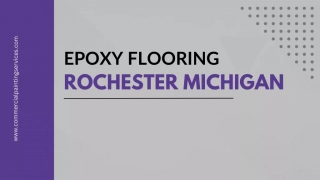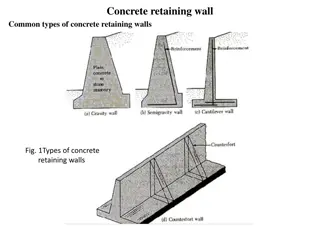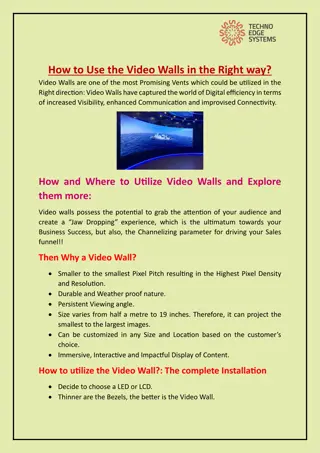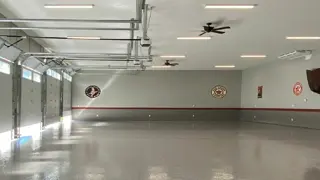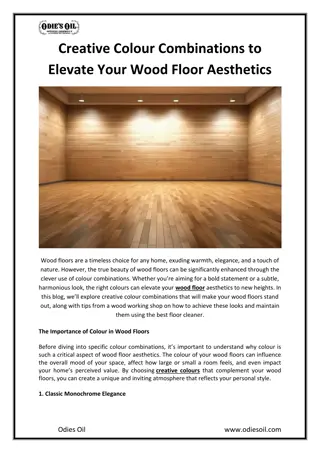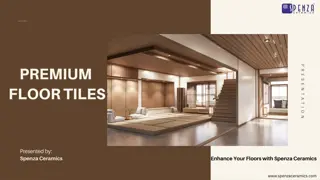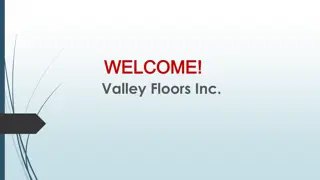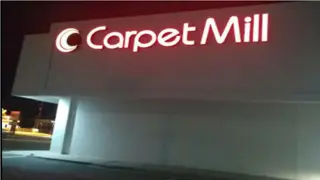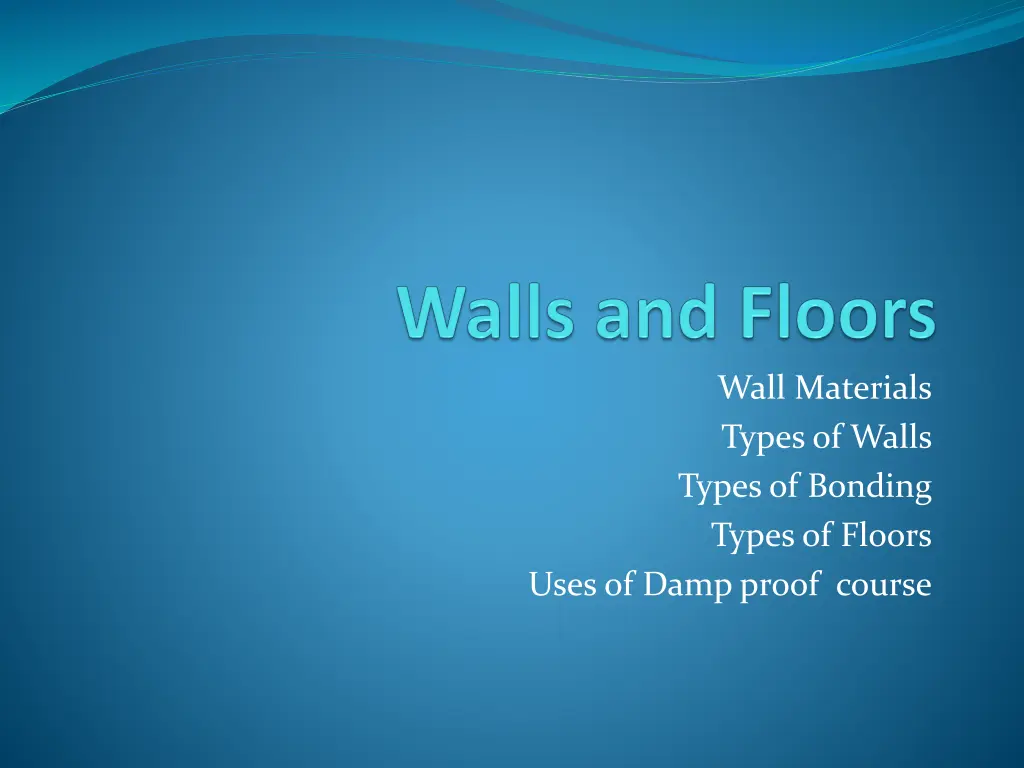
Building Wall Materials, Types of Walls, Bonding, Floors & Damp Proof Course
Explore wall materials, types of walls, bonding techniques, floor options, and the importance of damp proof course in building construction. Discover different materials, types, and methods used in creating sturdy, functional, and aesthetically pleasing structures.
Download Presentation

Please find below an Image/Link to download the presentation.
The content on the website is provided AS IS for your information and personal use only. It may not be sold, licensed, or shared on other websites without obtaining consent from the author. If you encounter any issues during the download, it is possible that the publisher has removed the file from their server.
You are allowed to download the files provided on this website for personal or commercial use, subject to the condition that they are used lawfully. All files are the property of their respective owners.
The content on the website is provided AS IS for your information and personal use only. It may not be sold, licensed, or shared on other websites without obtaining consent from the author.
E N D
Presentation Transcript
Wall Materials Types of Walls Types of Bonding Types of Floors Uses of Damp proof course
Walls and Wall Materials Walls are parts of the building that encloses and divides the building into functional units. It provides strength & stability, protection against weather and external danger, fire protection and sound control, durability. Some of the wall materials are mud, timber, concrete, corrugated iron sheet, grass, glass, plastic and steel.
Types of Walls The common types of wall used in building construction include: curtain wall which are to beautify buildings. Block wall which are constructed with block units and are mainly used for external and partition wall. Brick wall which are constructed with brick units and are used for external and partition wall because they are load bearing. Cavity wall are two-leaf external brick or block wall separated by a cavity for insulation purpose. They are used mainly in temperate regions. Veneered wall are walls covered with a layer of tiles/facing bricks for beauty purpose.
Types of Bonding Bonding is the pattern adopted in laying bricks and blocks. The two types of bonding are header bond and stretcher bond, English bond, Flemish bond, Dutch bond and garden bond. Some of the bonding materials are: lime mortar: lime +sand + water mixed with ratio 1:3 Cement mortar: cement + sand + water mixed with ratio 1:3 Cement-lime mortar: cement + lime + sand + water mixed with ratio 1:1:6
Floors and types of Floors The floor is the part of the building that support the load from people, furniture, machines and fixtures. The two main types of floor are Timber and Concrete floor. Timber Floors: they are floors made of wood. They provide cross ventilation under the floor to keep the building cool at all time. They are cheaper and durable where woods are easily obtainable. Concrete Floors: they are floors made of solid concrete which are widely used today because they are hard and are able to withstand heavy load
Floors Floors are covered with finishes to produce smooth and fine surfaces. The choice of the finish depends on the cost, durability, colour, hardness, slipperiness, resistance to oil, heat, noise and ease of maintenance. Some of the floor finishes are Terrazzo, sheet floors, slab floors and marble mosaic.
Damp Proof Course It is a material used to prevent moisture from entering a building through the rain which may come from the wall and ground moisture. It is placed on a brick/block course. Damp proof materials include mortar, bitumen, mastic, asphalt, lead and slates.


